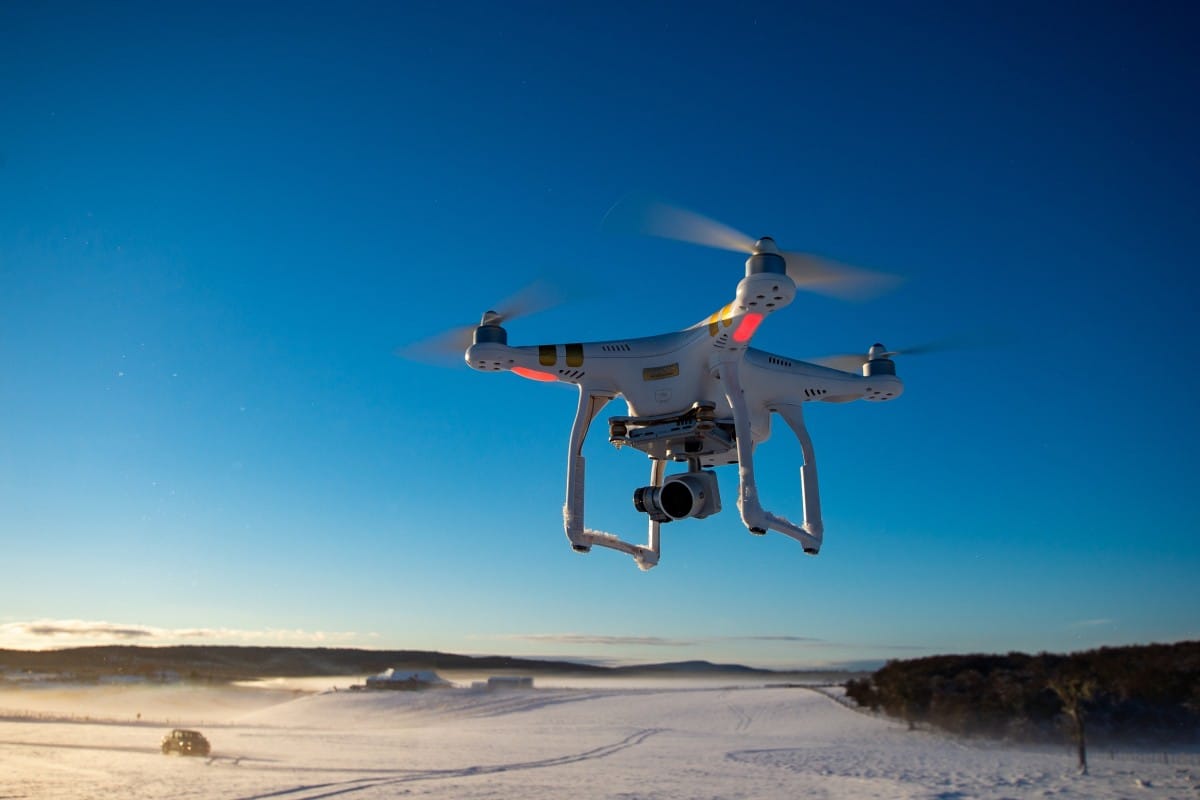Greater Commercial Use of Drones Will Force Revisions of Federal Aviation Administration Regulations, Say Experts
WASHINGTON, August 7, 2019 – As drone flying becomes more commonplace, unmanned aircraft system regulations must be updated to promote safe flights, experts said at a Wednesday webinar on the topic. Current federal regulations are written with the assumption that a pilot is operating the aircraft, s

WASHINGTON, August 7, 2019 – As drone flying becomes more commonplace, unmanned aircraft system regulations must be updated to promote safe flights, experts said at a Wednesday webinar on the topic.
Current federal regulations are written with the assumption that a pilot is operating the aircraft, said David Russell, program analyst at the Unmanned Aircraft System Integration Office, an arm of the Federal Aviation Administration. The a webinar was hosted by the Association for Unmanned Vehicle Systems International.
The 2018 FAA Reauthorization Act reiterated Congress’ interest in national airspace safety, he said. Under Part 107 of the Code of Federal Regulations for unmanned flights, aircraft weighing less than 55 pounds is allowed for “limited recreational operations.” These small UAS aircrafts also do not require any certifications for use.
Russell outlined several recommendations for non-commercial UAS users. Through the FAA DroneZone website, owners must provide the make, model and serial number of each small UAS. UAS larger than 55 pounds require paper registration.
Furthermore, the Reauthorization Act gives the FAA full authority over all UAS operating in national airspace. The FAA is also in the process of developing UAS knowledge and safety tests as well as establishing a list of “fixed site” model flying locations.
Ben Snyder, director of business and development at Consortia, presented an outline for a UAS operations manual. The ideal manual, he said, would result in safe, standardized and auditable operations across business units and regions.
AUVSI’s Protocol Certification Manual provides guidance for UAS standard operating procedures. Additionally, it outlines operational safety framework and training criteria for flight. Snyder said that the Trusted Operator Program would make UAS programs safer and help mitigate risk.
Despite the safety precautions employed with noncommercial unmanned aircraft, it is unlikely that drones will be used for personal delivery in the foreseeable future, panelists said.









Member discussion